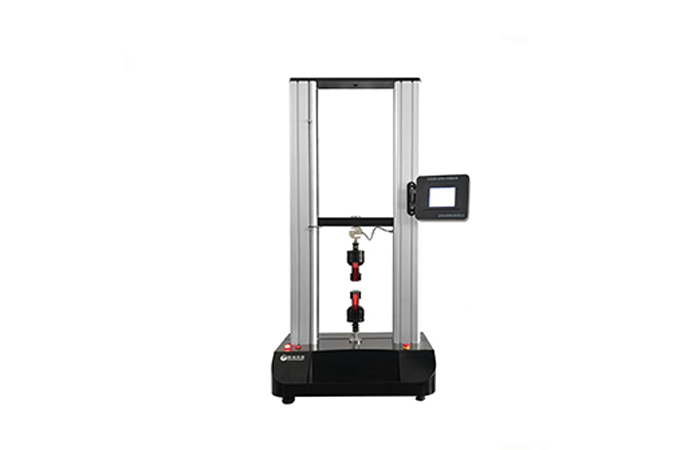【Scope of application】
It is used to test the mechanical properties of various textiles such as stretching, tearing, bursting, constant elongation, constant load, elasticity, suture slip, peeling, etc., and is widely used in rubber, plastic, leather, metal, wire, paper , Packaging, building materials, petrochemical, electrical, and geotechnical materials for tensile, compression, bending, bonding, peeling, tearing, bursting, creep and other tests of force, elongation, and deformation.
【Related standards】
GB/T3923.1 (equivalent to ISO13934.1) stretch fabric strip method
GB/T3923.2 (equivalent to ISO13934.2) fabric grab sample method stretch
GB/T3917.2 (equivalent to ISO13937.2) textile trousers (single seam) tear
GB/T3917.3 (equivalent to ISO9073.4) textile trapezoidal tear
GB/T13772.1 (equivalent to ISO13936.1) fixed slip method woven fabric seam yarn anti-slip
GB/T13772.2 (equivalent to ISO13936.2) constant load method woven fabric anti-slip joint yarn
GB/T13773.1 (equivalent to ISO13935.1) strip pattern seam strength
GB/T13773.1 (equivalent to ISO13935.2) grabbing method seam strength
GB/T19976 steel ball method burst strength, FZ/T80007.1 adhesive interlining clothing peel strength test
FZ/T20019 wool woven fabric detachment test, FZ/T70006 knitted fabric tensile elastic recovery test
GB 8688 seam disengagement test, FZ/T70007 underarm seam strength
ASTM D5034 fabric grab sample method stretch, ASTM D5035 fabric strip method stretch
ASTM D2261 fabric single tongue tear strength, ASTM D5587 fabric trapezoidal tear strength
ASTM D4964 elasticity test, ASTM D3936 peel strength
ASTM D1683 (instead of 434) seam anti-slip, JIS L1096 fabric tensile and tear test
Note: Some representative standards are listed above, some of which require specific grippers and sensors selected according to the actual implementation.
 Service hotline:
Service hotline: Receipt mail:
Receipt mail:

